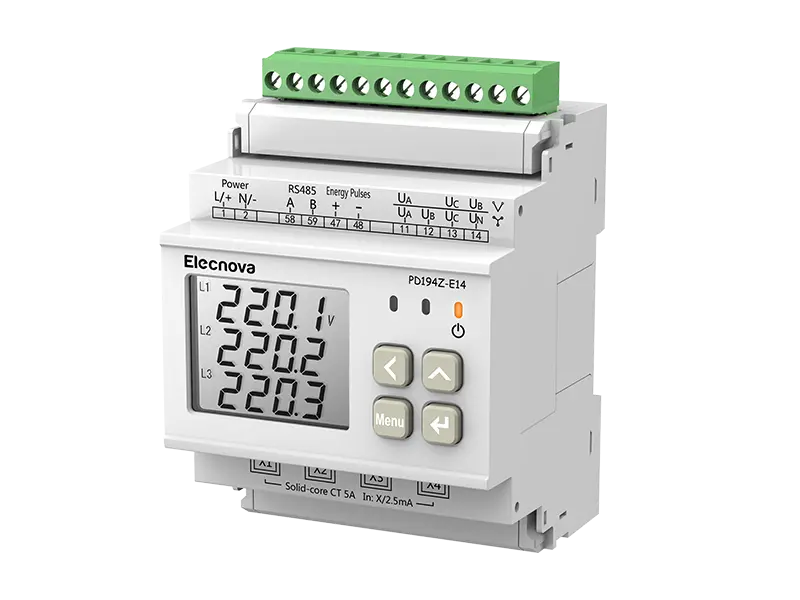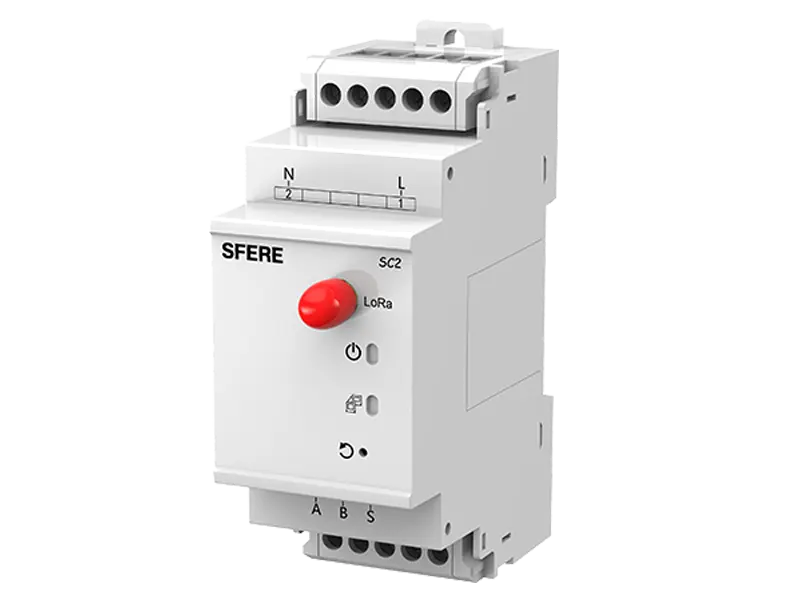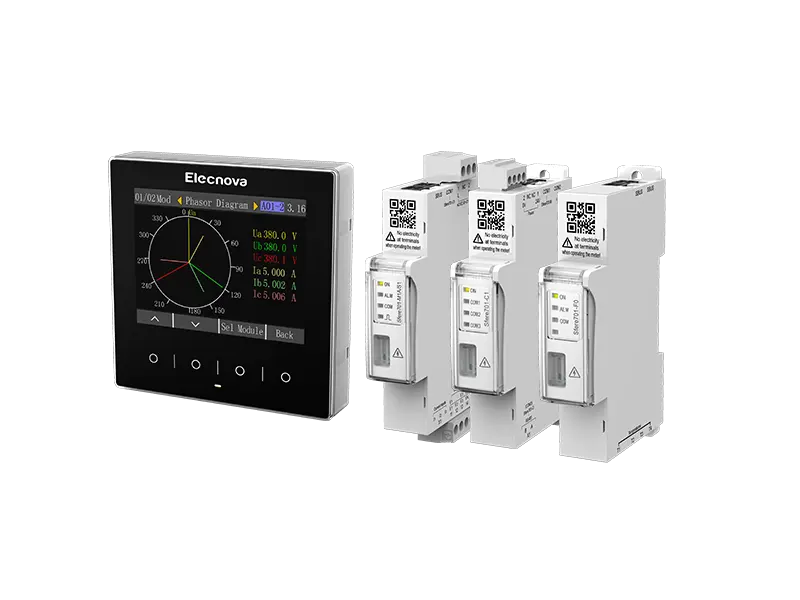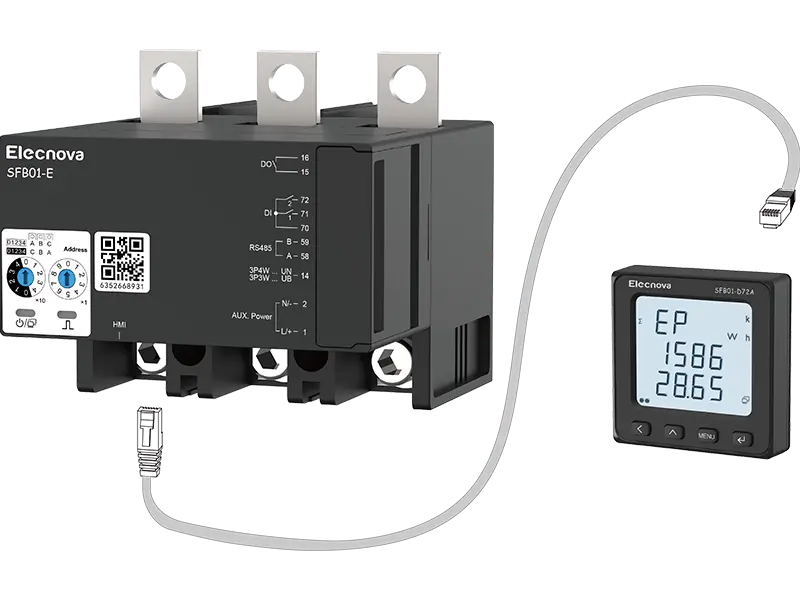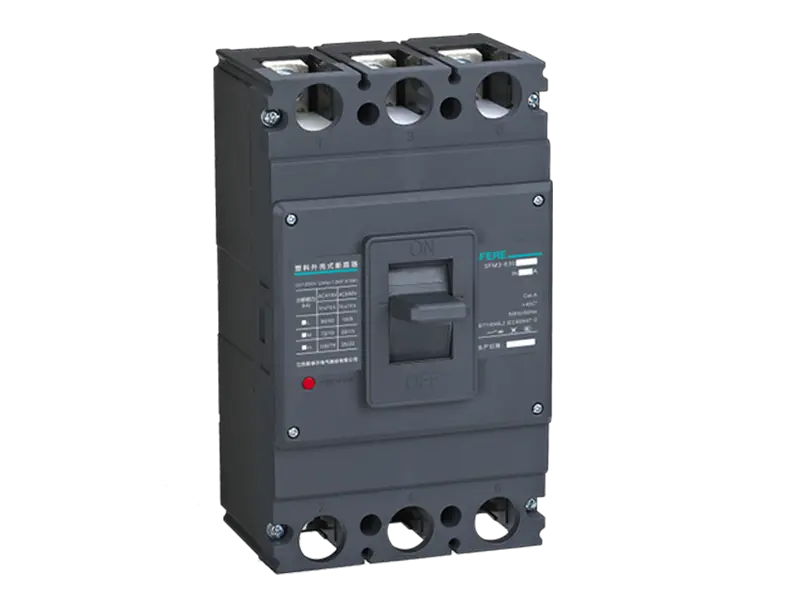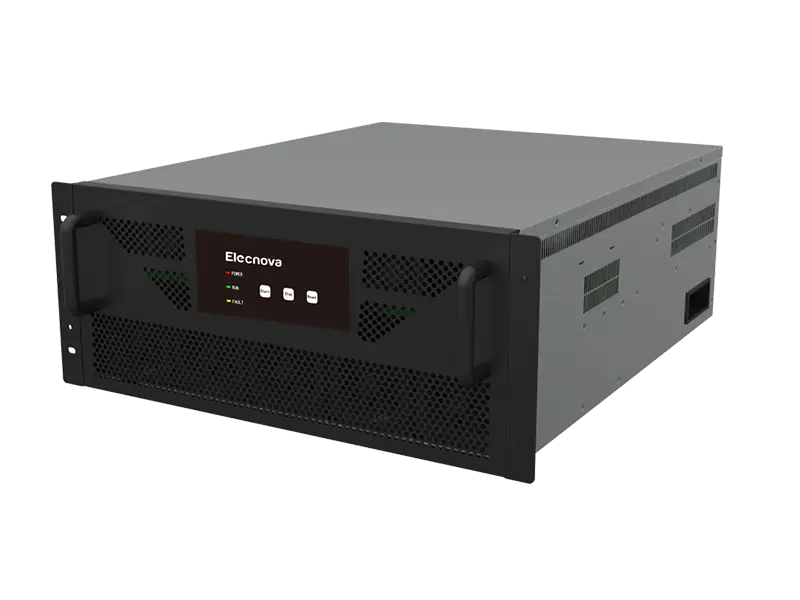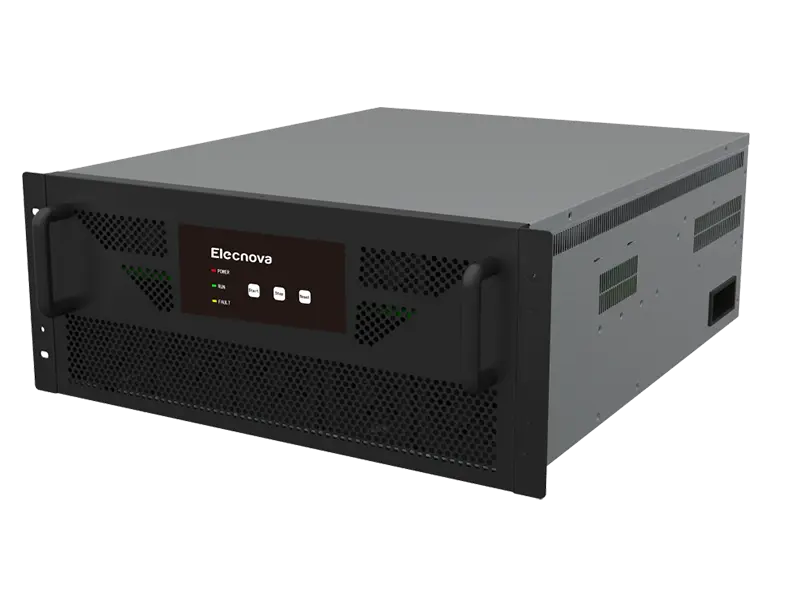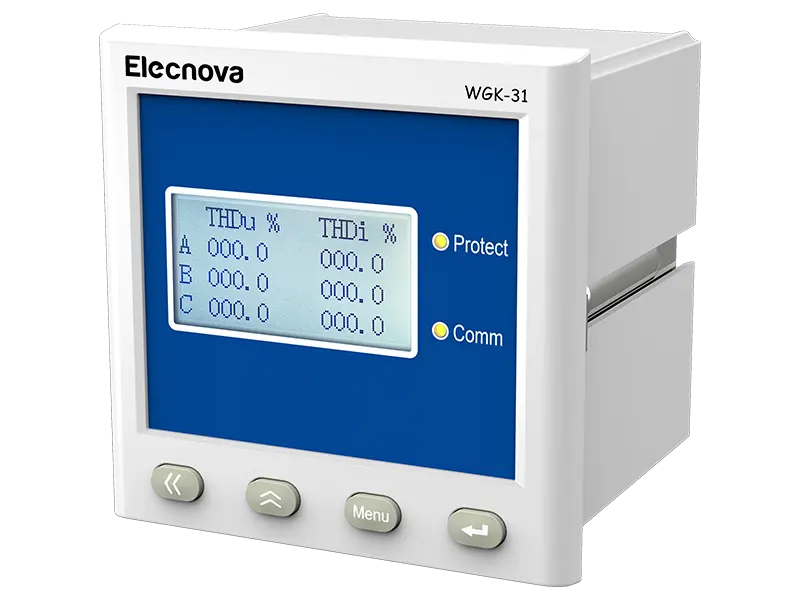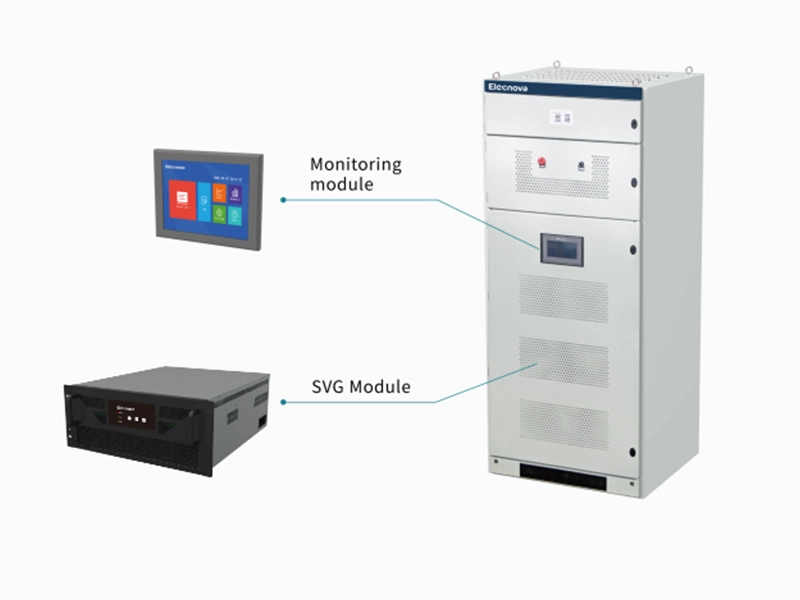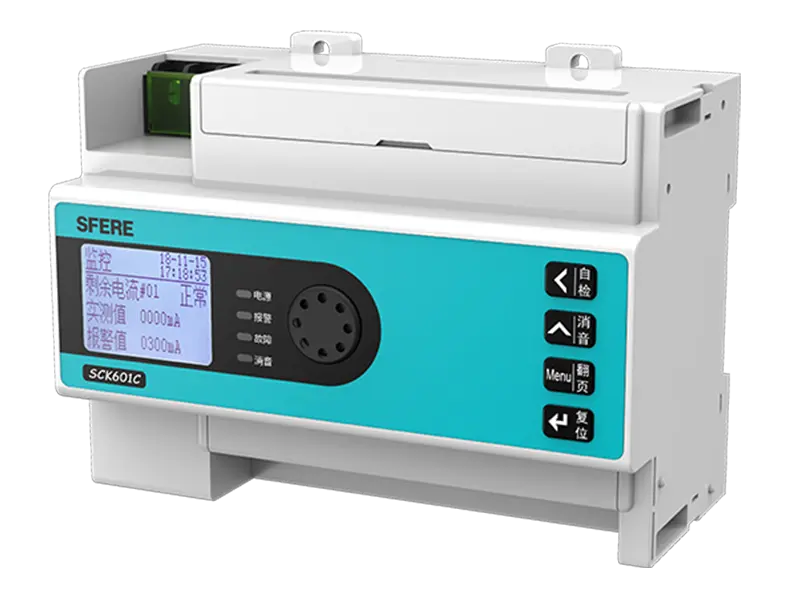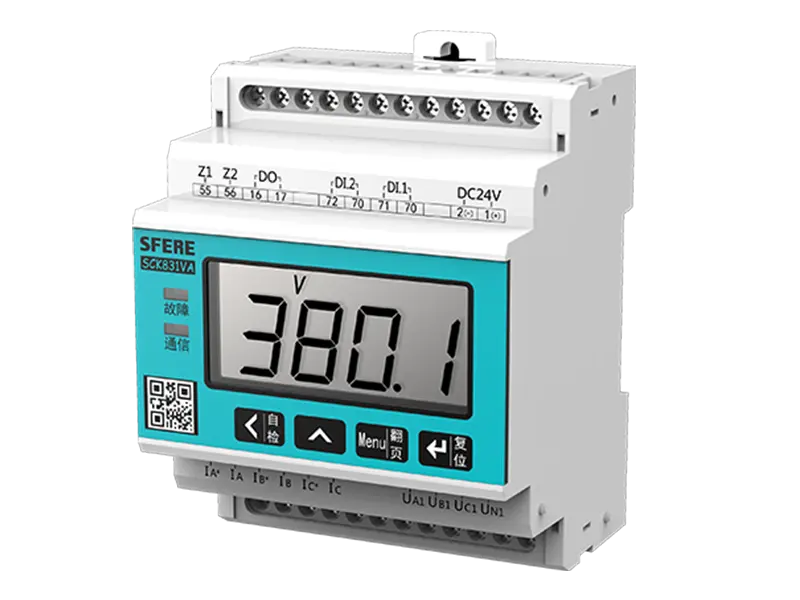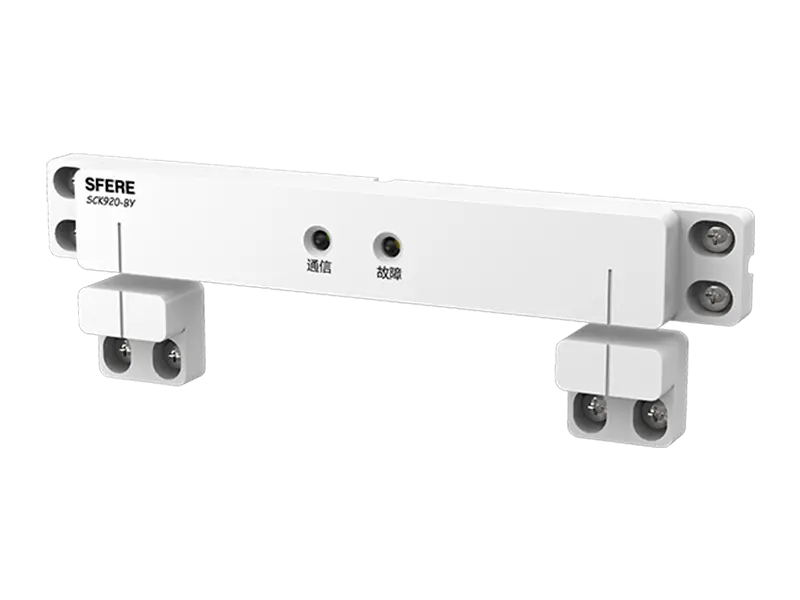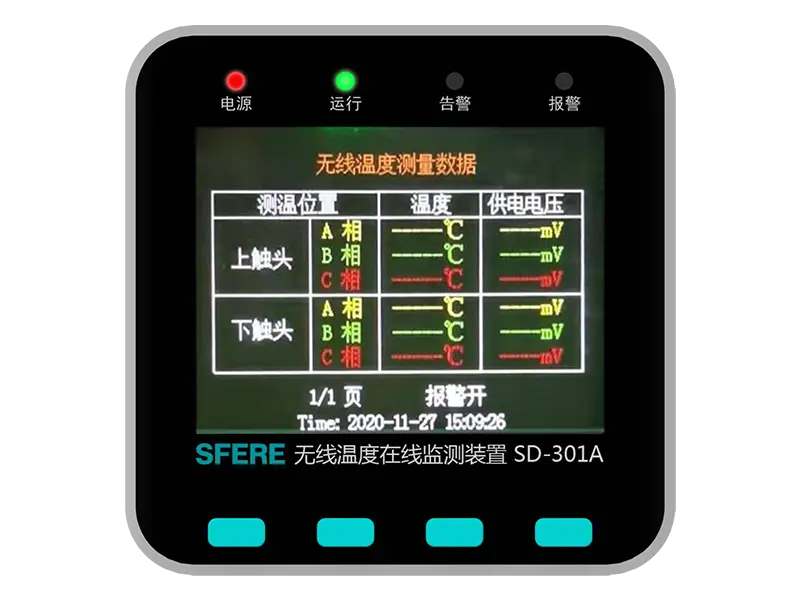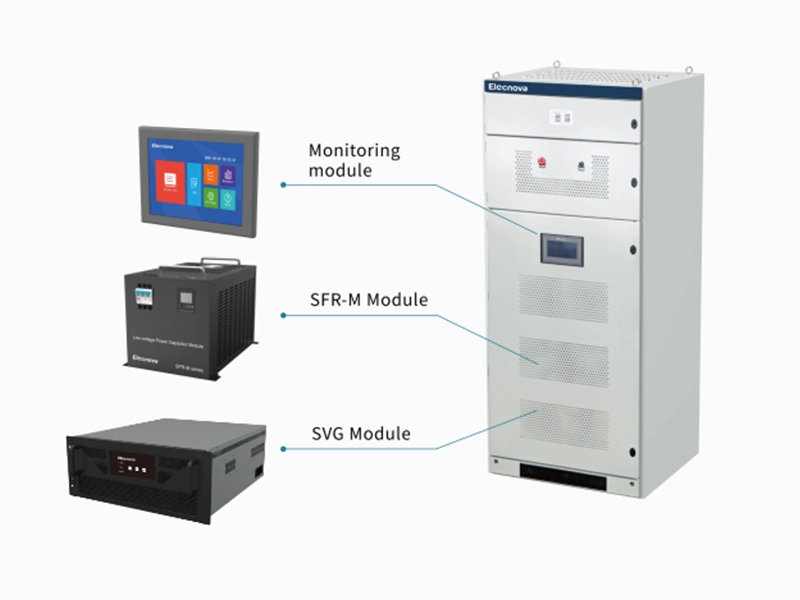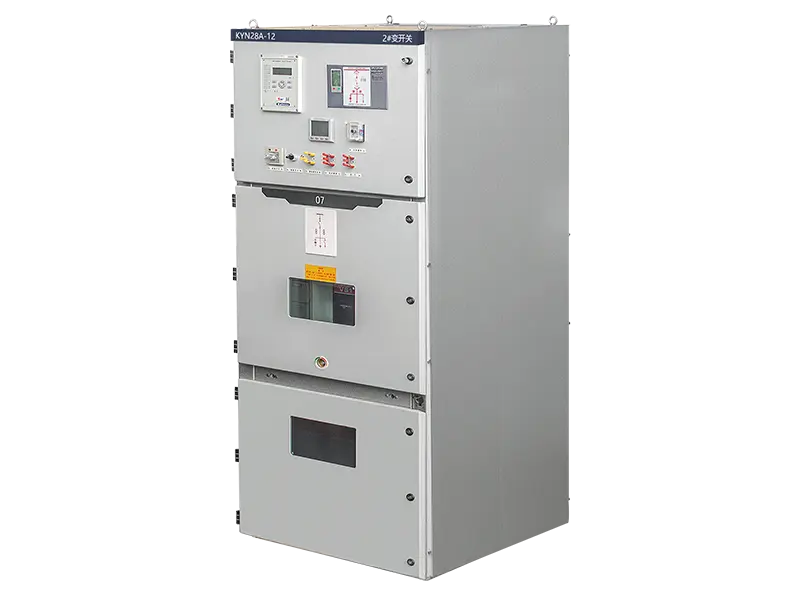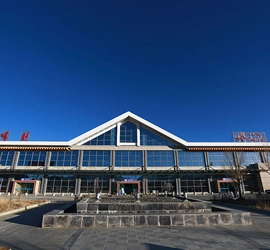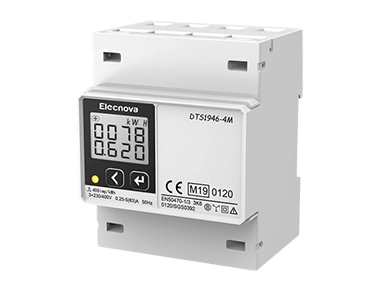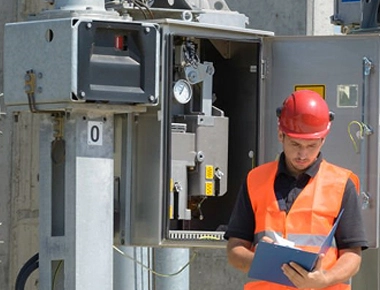The Nanjing Yangtze River Tunnel is located between the Nanjing Yangtze River Tunnel and the Nanjing Yangtze River Third Bridge. It is one of the important river crossing channels that connect the Jiangbei New Area, Hexi New City, and Jiangnan Main City in Nanjing. It is of great significance for alleviating the cross river traffic pressure in Nanjing and promoting the development along the river. The Yangtze River Tunnel is a two-way six lane tunnel with a speed of 80 kilometers per hour. The total investment of the project is about 3.3 billion yuan. The total length of the left and right shield tunnels crossing the Yangtze River is 6042 meters.
The diameter of the Nanjing Yangtze River Tunnel is 14.93 meters, ranking second in the world in shield tunneling. The Nanjing Yangtze River Tunnel Project Company has conducted nearly 60 research projects and technological breakthroughs, and applied for 15 patents. Among them, the prototype test of the ultra large pipe lining structure has been included in the national "863" plan demonstration project, filling the gap in the field of underground engineering construction.
At the end of 2013, the Nanjing Yangtze River Tunnel won the highest honor of engineering quality in the national construction industry - the Luban Award, becoming the first cross river tunnel project in China to receive the Luban Award. In December 2015, it was awarded the National Quality Engineering Award Gold Award.
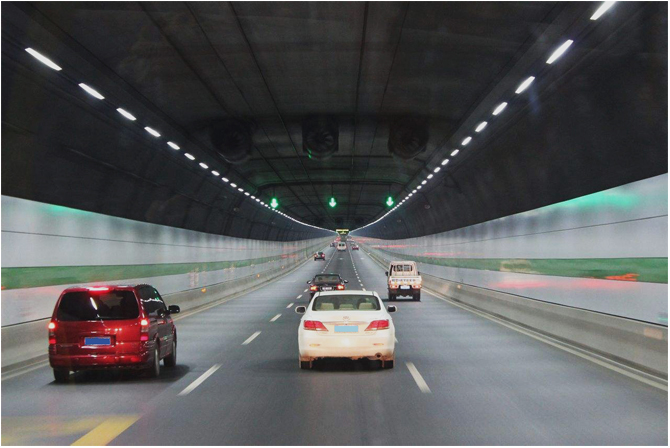
This project uses the PD19 series intelligent measurement and control instrument from Jiangsu Sfere Electric Co., Ltd., and is equipped with a Sfele-PMS power monitoring system. Collect data from the underlying PD19 series intelligent measurement and control instrument through the S3100 series front-end communication management machine, and use the existing network of the tunnel for data transmission. Users can view the real-time operation of the tunnel distribution room circuit through the backend. Once the electrical parameters of the circuit exceed the set value, the backend can generate an alarm and notify relevant personnel to handle it, avoiding secondary losses and ensuring tunnel electrical safety.









